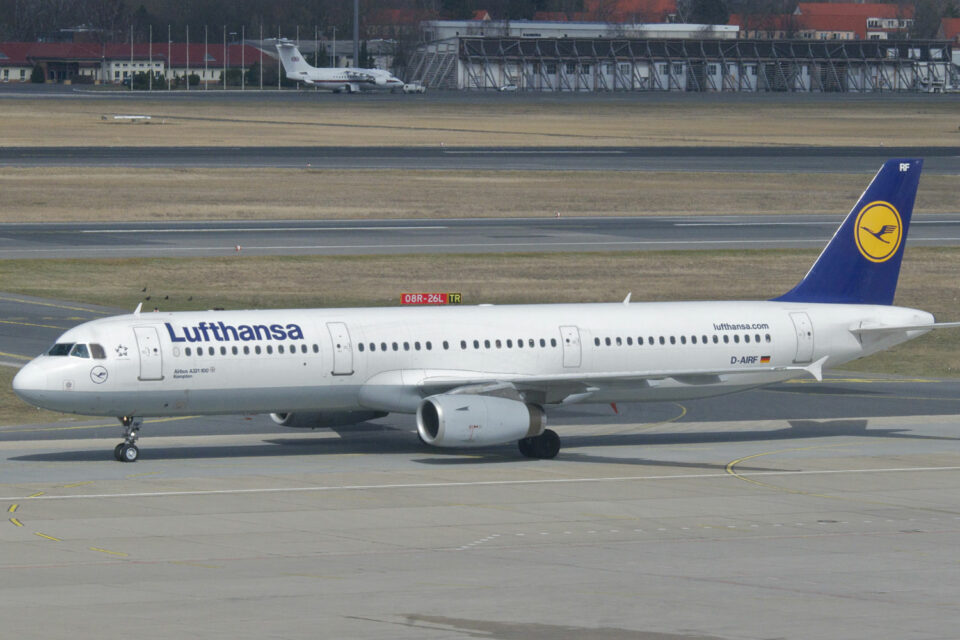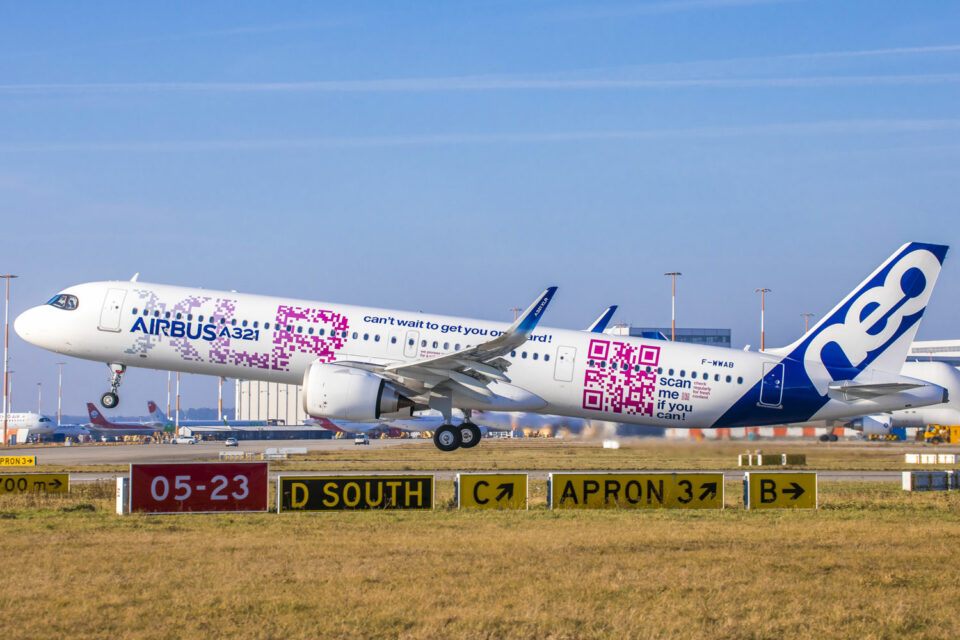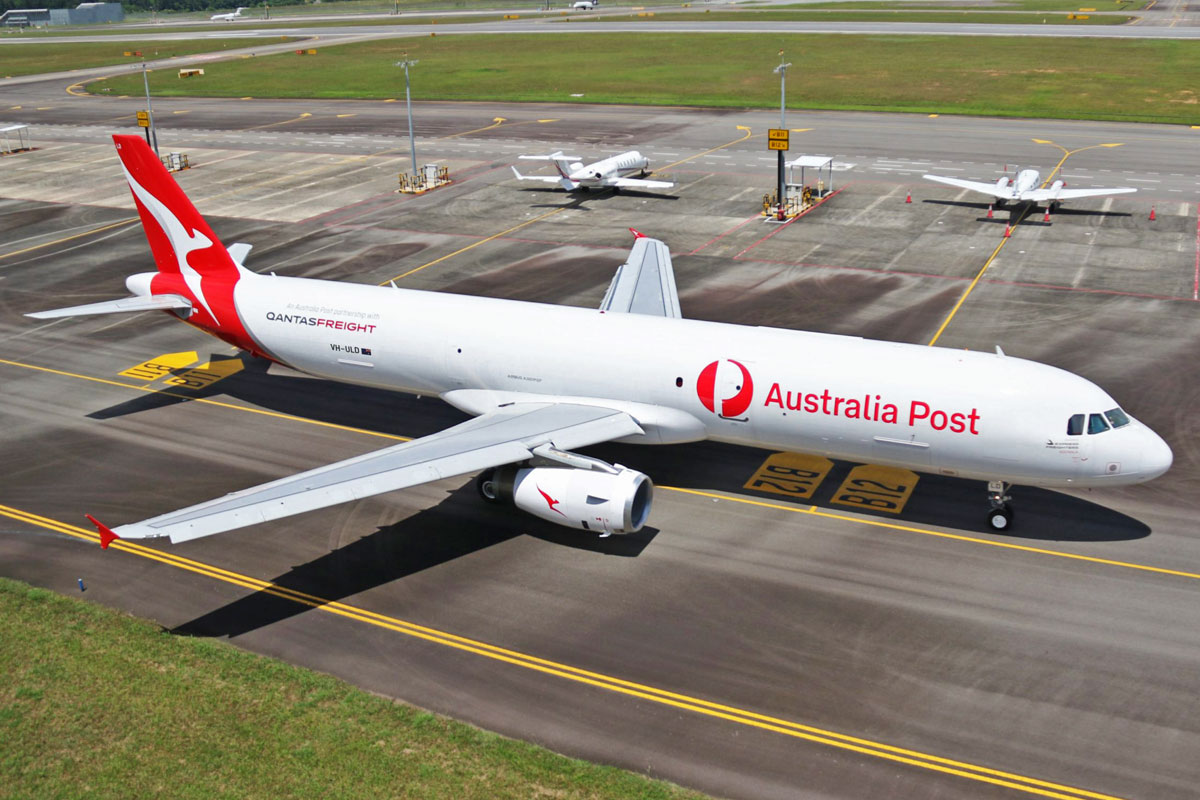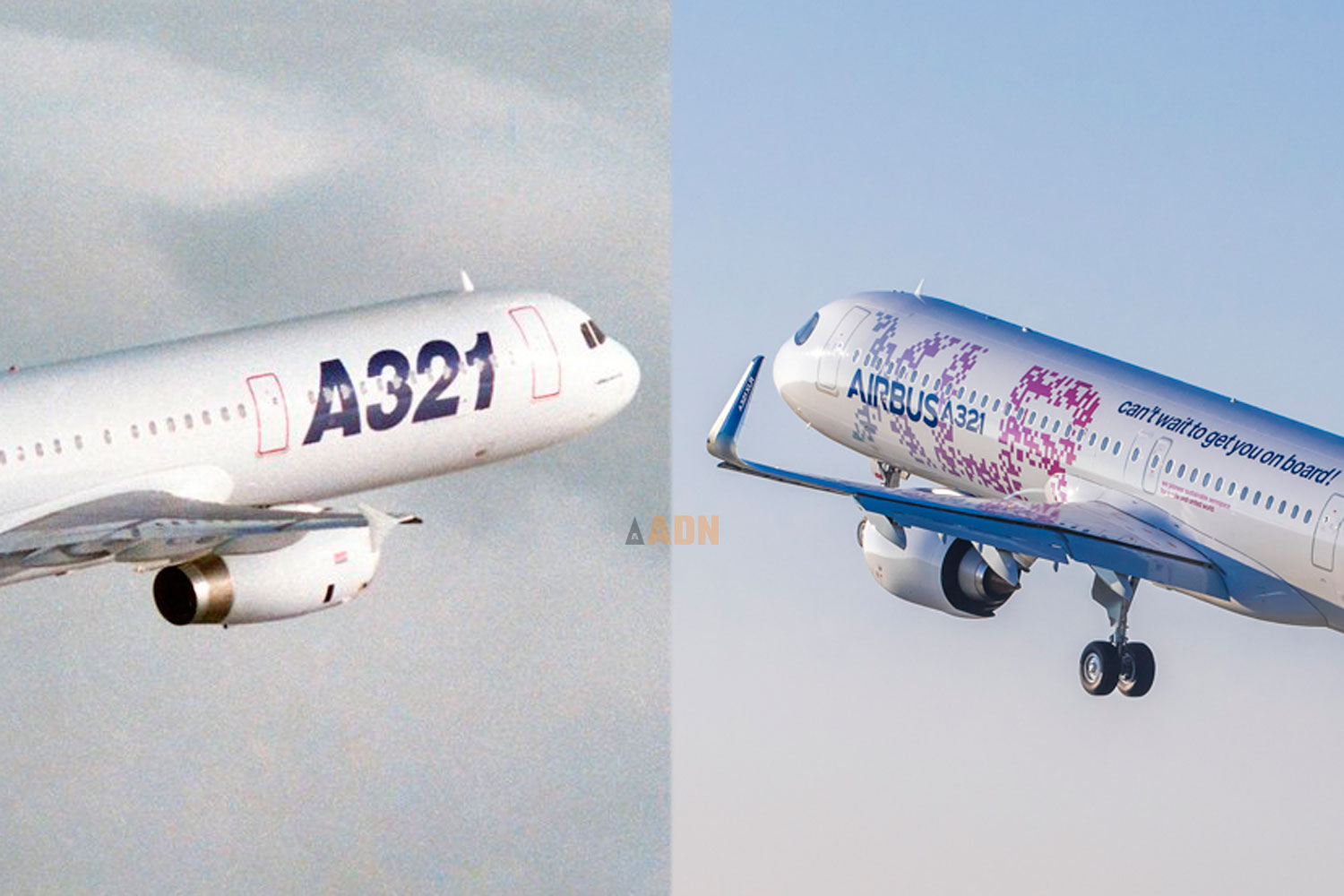Currently Airbus‘ most successful single-aisle jet, the A321 completes 30 years since its first flight on March 11, 1993.
Conceived to serve the routes with high passenger demand then performed by the A320 (and the competitor Boeing 737), the version with a stretched fuselage evolved to capture a niche in the market that was previously restricted to widebody aircraft.
The A321 was the first variant of the Airbus A320 family followed by the A318 and the A319. The launch of the program took place on November 24, 1988, eight months after the A320 debuted in service.
Follow ADN: Instagram | Twitter | Facebook
Right from the start, the planemaker got 183 orders from 10 customers, gaining the financial strength to run the project. Six years later, on January 27, 1994, the carrier Lufthansa took delivery of the first aircraft.
At 44.5 meters long, the A321 is 7 meters longer than the A320. Despite this difference, the two variants share the same wing, with a 35.8 m span. The difference allowed the A321 a generous cabin capacity, which holds up to 244 passengers (maximum capacity of the future A321XLR version, which has not yet reached the market) – against 195 seats for the A320.

The A321 also shares the same avionics systems as the A320, allowing pilots to fly the extended version without the need for additional training.
The maximum takeoff weight (MTOW) of the two versions, however, varies greatly. The first version of the stretched model can take off weighing up to 93,000 kg (and the A320 with 78,000 kg).
The MTOW of the largest variant of the A320 series grew by 20%, reaching 101,000 kg (in the A321XLR version).
The increase in the weight of the A321 is due to the increase in fuel capacity of the aircraft, whose flight range has grown substantially in three decades.
The first version had a range of 5,926 km, while the XLR variant could travel up to 8,700 km, a range similar to that of large jets such as the Boeing 767-300 – Airbus also offers the A321LR, which can fly for 7,400 km.

Gap left by the Boeing 757
Much of the success of the stretched Airbus A320 is due to the lack of a competitor. Boeing once had a product in this niche, the 757, which was launched in 1984 but discontinued in 2004 and never had a replacement.
As an alternative, 757 operators found the A321 to be the perfect and even more advantageous solution to replace end-of-life aircraft.
The beginning of the A321 trajectory, however, was discreet, unlike the sales boom that the model has been registering in recent years. Between 1994 and 2012, Airbus was not even close to delivering 100 units of the variant per year.
As of 2013, orders for the model grew enormously and today the version accounts for a third of orders for the A320 family jets, with more than 3,700 orders added up to February 2023 – of which 2,749 were delivered and only 54 aircraft were withdrawn from service.

With so many orders being closed, in 2016 Airbus even opened a second production line for the A321, in Mobile, in the United States. Until then, the extended version of the A320 was produced at the plant in Hamburg, Germany.
The next plant to produce the jet will be Toulouse, France, where the A321 will replace the A380.
Although it is a European aircraft, the A321’s largest customer is a US carrier, American Airlines. In all, the company operates 288 such devices.

A321 freighter
The A321’s good internal capacity also ensured the model’s presence in the niche of narrow-body aircraft converted into freighters, a sector where Boeing reigned supreme for decades with the 737.
In January 2020, the first A321P2F converted by EFW, a joint venture of the Airbus group and Singapore-based ST Engineering, flew. The name of the plane, P2F, is an acronym for “Passenger to Freighter”, in reference to the modification of passenger planes to the function of freighter.
According to EFW data, the A321P2F can carry 27 tons of cargo spread over a 208 m² compartment. The first converted model entered service in October 2020 with the cargo division of Australia’s Qantas Airways.

